Just five years ago [article written early 1990s; sadly, since then indeed became extinct in Thailand], it seemed the Gurney’s Pitta was slipping quietly into oblivion, if it was not already extinct. The last documented sighting was in 1952, since when there had only been sporadic reports of Gurney’s Pittas entering the wild bird trade. Its plight had attracted none of the brouhaha that has drawn attention to the likes of Giant Pandas, Black Rhinos and Philippines Eagles, and few would have even noticed that this once common bird of southern Thailand had gone.
But in 1986 the Gurney’s Pitta was rediscovered, and it is now protected and something of a celebrity in Krabi province, home to the bird’s last stronghold. A restaurant and a petrol station in Khlong Thom each have a giant model Gurney’s Pitta–the petrol station’s is now in need of repair–and a road sign in the town points to `Gurney’s Pitta, 18 kilometres’.
The road does not lead directly to an encounter with the pitta, which is a shy denizen of forest undergrowth, but to the Khao Pra Bang Khran Non-hunting Area. This was one of four potential Gurney’s Pitta sites identified by two ornithologists based at Mahidol University, Phil Round and Uthai Treesucon, who found the bird during a visit in June 1986.
They had chosen Khao Pra Bang Khran after some detective work by Round, then about to start work on a database on Thai birds and animals: `I had worked out long before that probably no living ornithologist had seen Gurney’s Pitta in the field. It was first recorded in Burma about 112 years ago, but most records this century were from peninsula Thailand, and it was apparently quite common.
`Like the other 11 species of pittas in Thailand, it is a forest bird, and deforestation is the reason for its decline. But while some pittas could still be found on the peninsula, in hill forest, there were no records of Gurney’s Pitta since a bird was collected in 1952. So I decided it might be a lowland species. Lowland forest has been cleared in many areas, but visits we’d made to surviving fragments showed they can hold good numbers of birds which are otherwise rarely found in Thailand. I checked satellite photos, to look for lowland forest, and identified four possible sites, one of which was Khao Pra Bang Khran.
`At the same time, we were following up rumours of the species in the wild bird trade. We found an illegal dealer in southern Thailand who told us he had received a few, but he wasn’t sure where they came from. His supplier told us that the birds were from Khao Pra Bang Khran, and so we first searched the lowland forest here.’
Just four days after arriving at the forest, Round saw a male Gurney’s Pitta. In a scientific paper detailing the find, he describes the event in a rather matter of fact fashion: `… a male Gurney’s Pitta flew up off the ground, about 10 m ahead on the trail. The bird was easily recognised by the plump shape and uniformly brown back and wings which contrasted with the blue crown and tail.’ In reality, though, he was so excited by the find that `I couldn’t hold my binoculars steady.’
The next day, Uthai brushed against a palm tree and flushed a female off a nest. The two then made the first ever observations of nesting Gurney’s Pittas, though the young disappeared while they visited a bird trapper living nearby. The fate of the young birds is not known: maybe they were eaten by a predator, they could have been taken by people, or maybe they left the nest earlier than Round and Uthai expected.
During this first visit, there was often smoke over the forest as trees were felled and burnt to make way for plantations and fields, and frequent gunshots showed there was a high level of hunting. Round says now `I would never have believed the forest would still be here’. (The three other lowland forests he picked out from the satellite photos have been cleared, before any one could check for Gurney’s Pittas.)
That the forest is still standing is due in large part to the prompt action of the Royal Forestry Department, which ensured that the forest, and so the Gurney’s Pittas, were protected. The area was already protected in theory, as it was national reserve forest, but Wirot Naktae, superintendent of the non-hunting area, says `The government hasn’t really enforced the national reserve forest act very effectively, and there can be a free for all, with only legal logging controlled. When I came to work here in 1987, there was a lot of encroachment, often by people who arrived from other provinces.
`I believed it was important to educate the local people about the forest, and I went to a lot of village meetings, where I explained the problems of clearing forest and hunting wildlife. I said that the forest is the home of the Gurney’s Pitta, which is only found in Thailand. People were interested when they knew this is a special bird.’
Thanks to Wirot’s efforts, `People in the villages now understand the value of the forest and its wildlife–they say “If I have the forest, I have water, and can work the fields”.’
But talk alone is not sufficient to keep the trees standing–last year, Wirot and his men caught around 50 people for tree felling. Some were landless, but others already owned land elsewhere and were out to make money. `Rich or poor, people grab land,’ says Round. `The more land, the more money they can make. People sometimes form teams, and travel several hundred kilometres to go in en masse and clear forest–many people in southern Thailand own land in three or four places. There is a plateau here which was cleared to make way for coffee. You might tend to think that people who clear land in this way are very poor and do so because they haven’t any choice, but when we first visited the coffee plantations we found pickup trucks and even a long wheelbase Land Rover. Some of the people are businessmen, and many already own land elsewhere. If you visit at times of the year which are quiet for agriculture, the houses are deserted, as the people have gone to other homes.
`To some extent, encroachment like this upsets villagers–one problem is that pesticides used on crops enter the watercourses. But there is support and collaboration from some local administrators, who are probably getting money from it.’
Phairot Suvanakorn, then deputy director general of the Royal Forestry Department, was largely responsible for initiating conservation measures after the pittas were discovered. He is now director general, and Round describes him as the first person in this position who is on the side of conservation. Overseas, high-level support has come from Britain’s Prince Philip, who contacted King [Poonapon] to encourage a conservation inititiative.
The International Council for Bird Preservation has also stepped in to protect the Gurney’s Pitta. In each of the past three years, the organisation has supported surveys and nest protection schemes, and it is now funding a project headed by Round and Uthai. Both local Thais and birdwatchers from overseas have participated in work on the pittas–Lung Beung, the trapper visited when the first nest’s chicks disappeared, has joined the project, and proudly wears a t-shirt emblazoned with a Gurney’s Pitta. In 1987, one of the villagers helped save the lives of two pittas. While taking part in round-the-clock observations of a nest, he saw a snake climbing the nest tree. He knocked it away, and when it returned 10 minutes later, he shot it with a 12-bore. A chick which had disappeared two days before was found in its stomach, and the two nestlings which remained left the nest successfully the next day.
The current project is initially set to last three years, and both Round and Uthai believe more work will be needed to ensure the long-term survival of Gurney’s Pitta. From only part-time involvement, often in a coordinating role, they are now working full-time on the project. `Home’ for much of the year is one of the huts in Wirot’s first headquarters, well removed from life with their families in Bangkok. There is no electricity, and water is piped in from a stream, or is rainwater channeled into a storage jar from one of the roofs. But a sublime pool formed by a forest stream serves for bathing, and trees surrounding the huts are alive with the songs of orioles, babblers and shamas.
They have marked around 30 kilometres of trails through the forest, usually following tracks made by villagers on forays after plants, or on illegal hunting trips. These help with studies of the Gurney’s Pittas, as well as ensuring visiting birdwatchers can search the area without getting lost.
Besides monitoring the Gurney’s Pittas, Round and Uthai are working on an inventory of the forest’s wildlife. To date, 270 species of birds have been recorded from Khao Pra Bang Khran–the highest tally for any area in southern Thailand. Some birds are found throughout the 170 square kilometres of the non-hunting area. Others are more selective–there might be only 20 square kilometres of forest which is suitable for Gurney’s Pitta.
Though elephants were last reported in 1976 and the last tiger is said to have been shot in 1987, there is a good variety of other wildlife. Leopards, Asiatic Wild dogs, Barking Deer, gibbons, various civet cats, flying squirrels and two species of giant squirrels are still to be found, along with Monitor Lizards and butterflies such as the Jungleking.
A botanist, Dr Chavalit Miyondham, is helping to compile a detailed list of the flora. With Round and Uthai, and a silvaculturist, Dr Suree Bhumibhamon, he is especially interested in the plants which are useful to villagers or, better still, to villagers and wildlife. Dipterocarp trees are currently exploited by local people, though not in the sustainable manner which the conservationists would like. Resin is obtained by making a hole in a tree, burning the side of the tree, and waiting for the resin to accumulate; it can then be sold, as a flammable oil for lighting fires, or to be used to make kindling, as varnish or for corking boats. But there are fears that the trees are being tapped too often, and the repeated burning process has already killed some.
Much better is exploitation of the Garnua trees. In late spring, the fruits attract Common Flying Foxes, the largest of Thailand’s fruit bats. They do not eat the stones, which fall to the ground and are gathered by villagers and pressed to yield an oil which is used for cooking. The oil currently sells for 20 Baht per bottle, and Round is hoping tests will show it is unsaturated, which could prove a useful selling point.
Fruits of other trees are sold in markets. The Salacca palm yields saleable fruits and is a favourite nest tree for Gurney’s Pittas. It grows under the canopies of other trees, and Round is hoping it will be possible to plant Salaccas in nearby rubber plantations, both as a second crop and to maybe increase available nesting sites for the pittas.
Another way the forest could benefit local people is through attracting tourists. Already, Khao Pra Bang Khran has become an in destination with birdwatchers, and providing visitors can be regulated it should be possible for villagers to earn money through offering accommodation and food, or guiding tours, without adverse effects on the wildlife. Some of the money from visitors will go to a schools fund started by Round and Uthai, to provide materials and reward academic prowess.
To boost support for conservation efforts, the two have begun an education programme which is especially aimed at schoolchildren. The fruits, resins, medicinal plants and other forest products will be prominent in this, since though they are often well known, Round says the villagers more or less take for granted.
In the longer term, they plan to re-establish more habitat for Gurney’s Pittas. They have a nursery with saplings collected from the forest. These are to be planted in abandoned clearings or patches of damaged forest. Preference will be given to species which can be harvested by people, as well as providing food and shelter to wildlife. Round says one hopeful aspect of the recovery programme is that Gurney’s Pitta will nest in regenerating forest, rather than solely in the long established areas. Yet even so, he guesses it might take 30 years to transform a patch of land which has been cleared of vegetation to a home for pittas.
Round believes there are at most 35 pairs of Gurney’s Pittas in Khao Pra Bang Khran. Less than 15 pairs have been found elsewhere in Thailand, and they are scattered, in increasingly isolated fragments of forest. There are probably others in southern Burma, but even last century there were no reports of nesting here, and logging has increased recently, partly as a result of Thai interests. So the bird is on a knife edge, with its survival depending heavily on the protection of the 20 square kilometres of lowland forest at Khao Pra Bang Khran.
Round and Wirot are encouraged by progress so far, and say they are optimistic about the future. During the past three years, they have seen the area transformed, from a place where the sounds of chainsaws and gunshots were to be heard for much of the day to a reserve which should serve as an outstanding example of forest conservation. And though Round may feel it is a little too well known, the Gurney’s Pitta has not quietly disappeared, but has become the focus of a highly-promising recovery programme, with support from people ranging from villagers to royalty. [Alas, the programme failed; leading to the loss of this pitta from Thailand.]
Gurney’s Pitta – BirdLife Species Factsheet – after discovery in Burma (Myanmar) since I wrote this article; now may be 1000-2500 remaining, with ongoing threats to remaining forest areas, so the pitta is critically endangered.

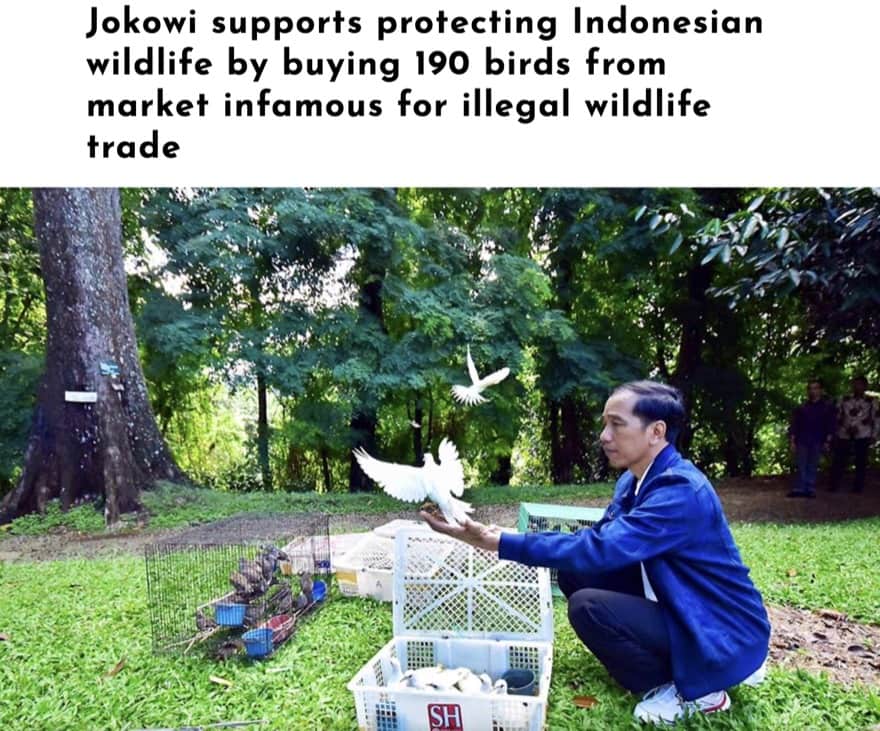



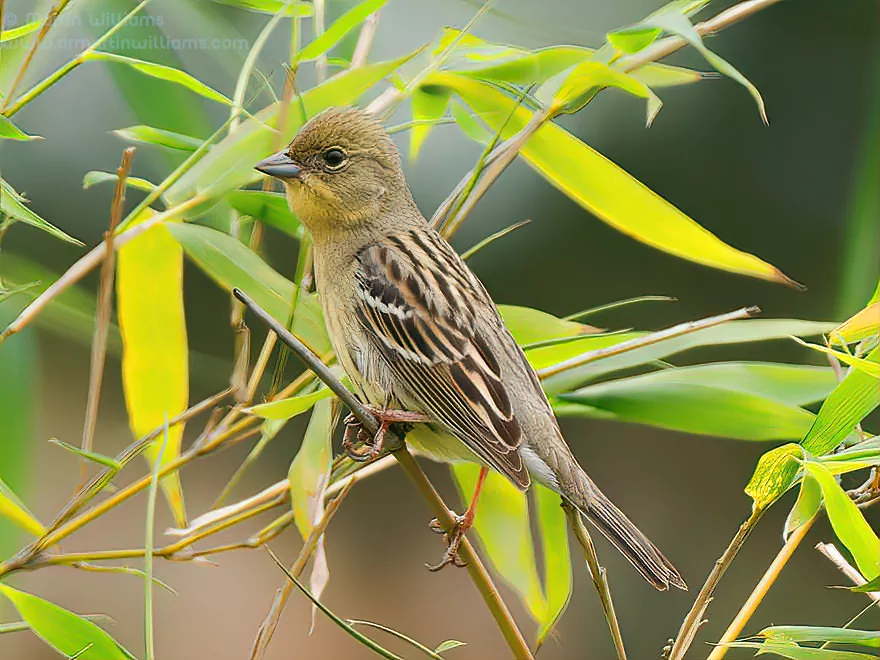

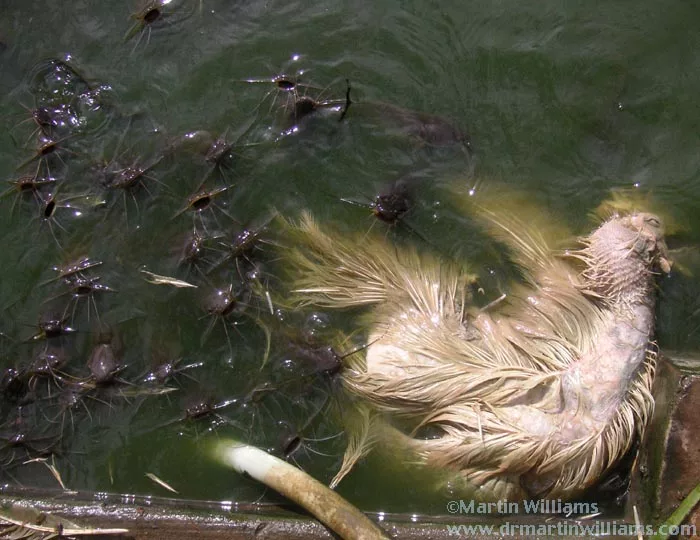

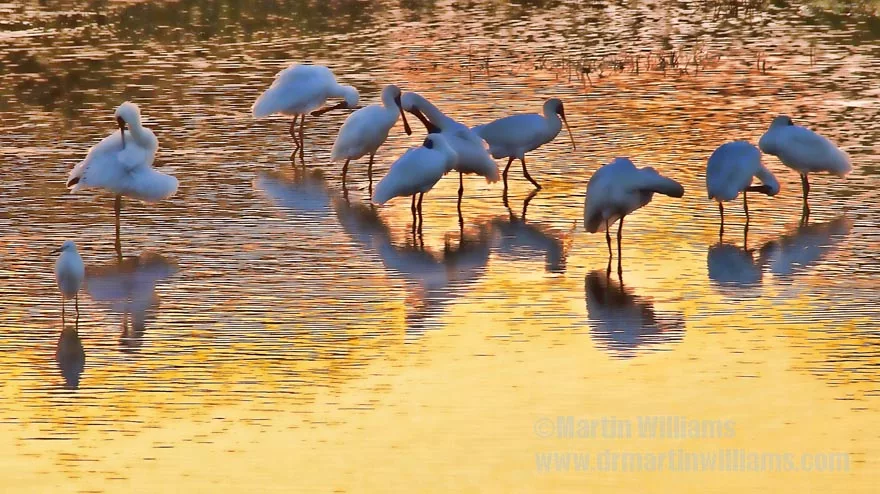
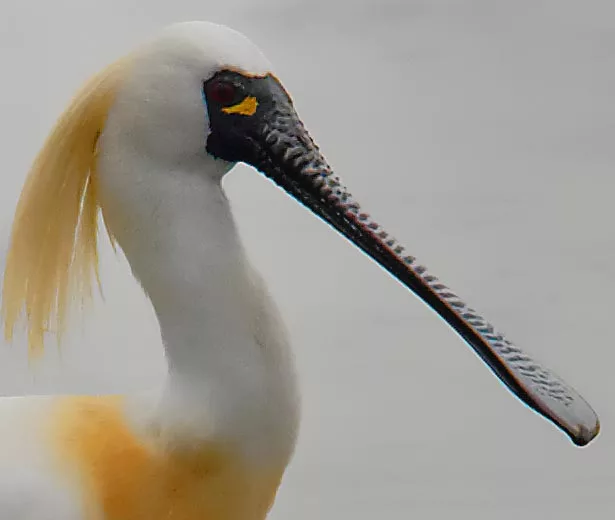
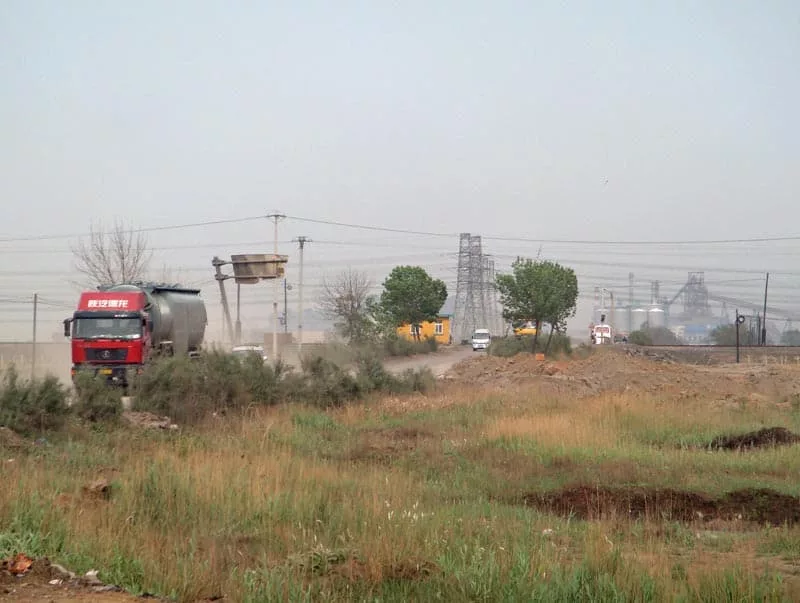

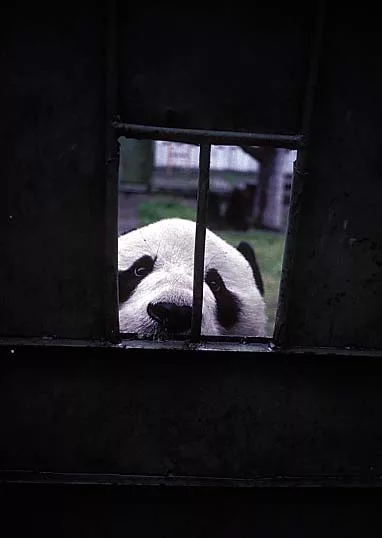


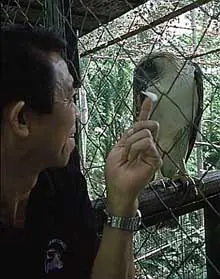


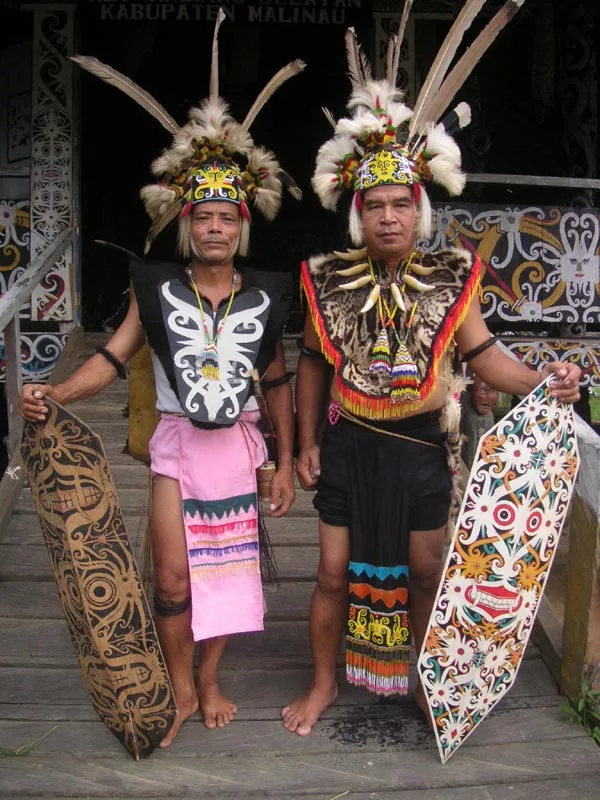
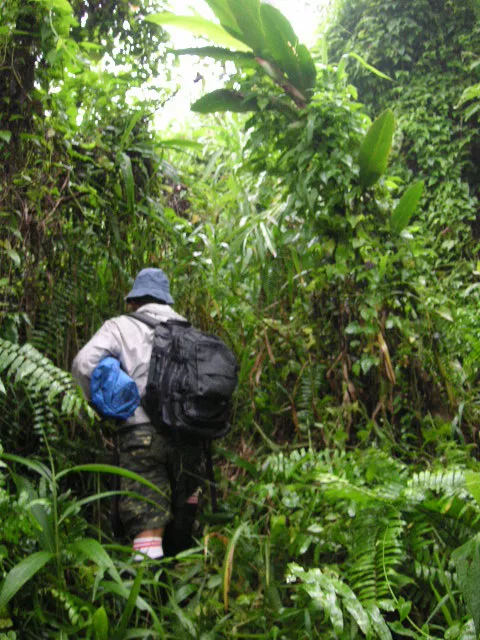
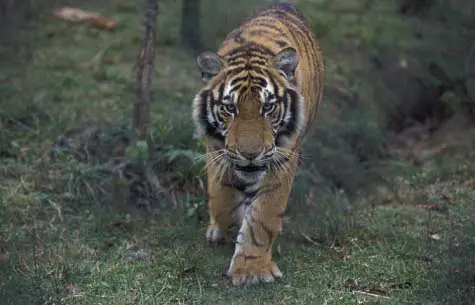
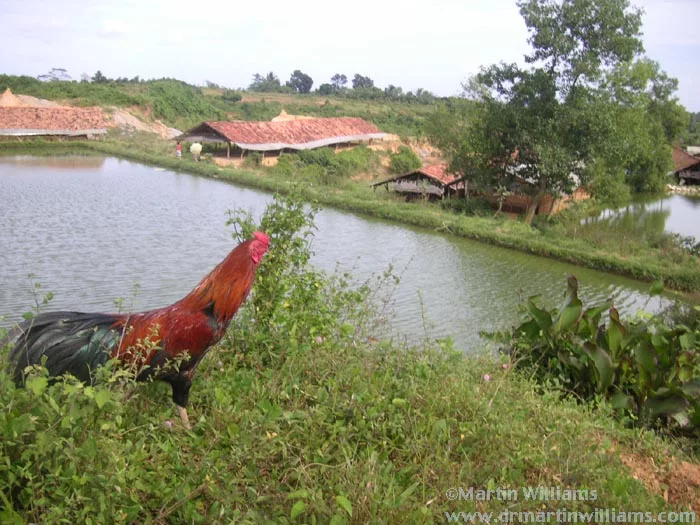
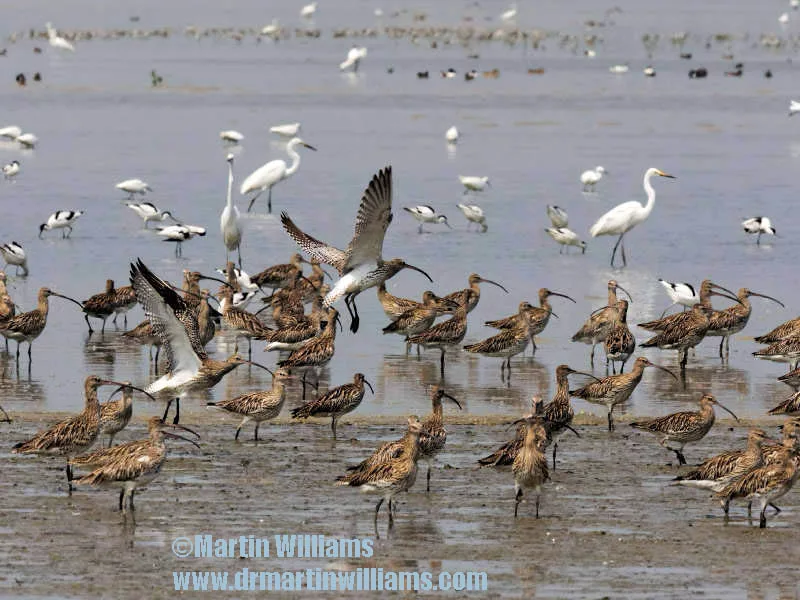
Gurney’s Pitta functionally extinct in Thailand
Just seen a paper by Phil Round, on Gurney's Pitta becoming extinct in Thailand, due to utterly insubstantial conservation efforts failing to combat habitat loss, maybe even poaching.
Concludes:
[quote]Gurney’s Pitta was first described for science in 1875: since which it has taken Thailand 139 years to render the species functionally, if not actually, extinct. Tragically, Gurney’s Pitta no longer has any future in Thailand. We have failed utterly to conserve the species: there can be no second chance. The future of Gurney’s Pitta rests now with Myanmar. The species might yet be saved in that country but we need to recognize the intensity of the threats. A high pace of economic development, and the enthusiasm of Burmese companies, and those from other ASEAN countries, for planting oil-palm is already impacting forest in South Tanintharyi. It is imperative, therefore, that the Myanmar government, aided by international conservation agencies, takes immediate action to safeguard significant areas of the lowland forest habitat of Gurney’s Pitta in that country before it too is cleared. The hope is that Myanmar will learn from Thailand’s mistakes and ensure that Gurney’s Pitta, described by its discoverer Allan Octavian Hume in 1875 as “a really lovely species”, is permitted to have a future in that country.[/quote]
You can download it here; just need to complete some brief info, and can get the pdf:
http://www.siam-society.org/pub_NHB/nhbss_060_1.html